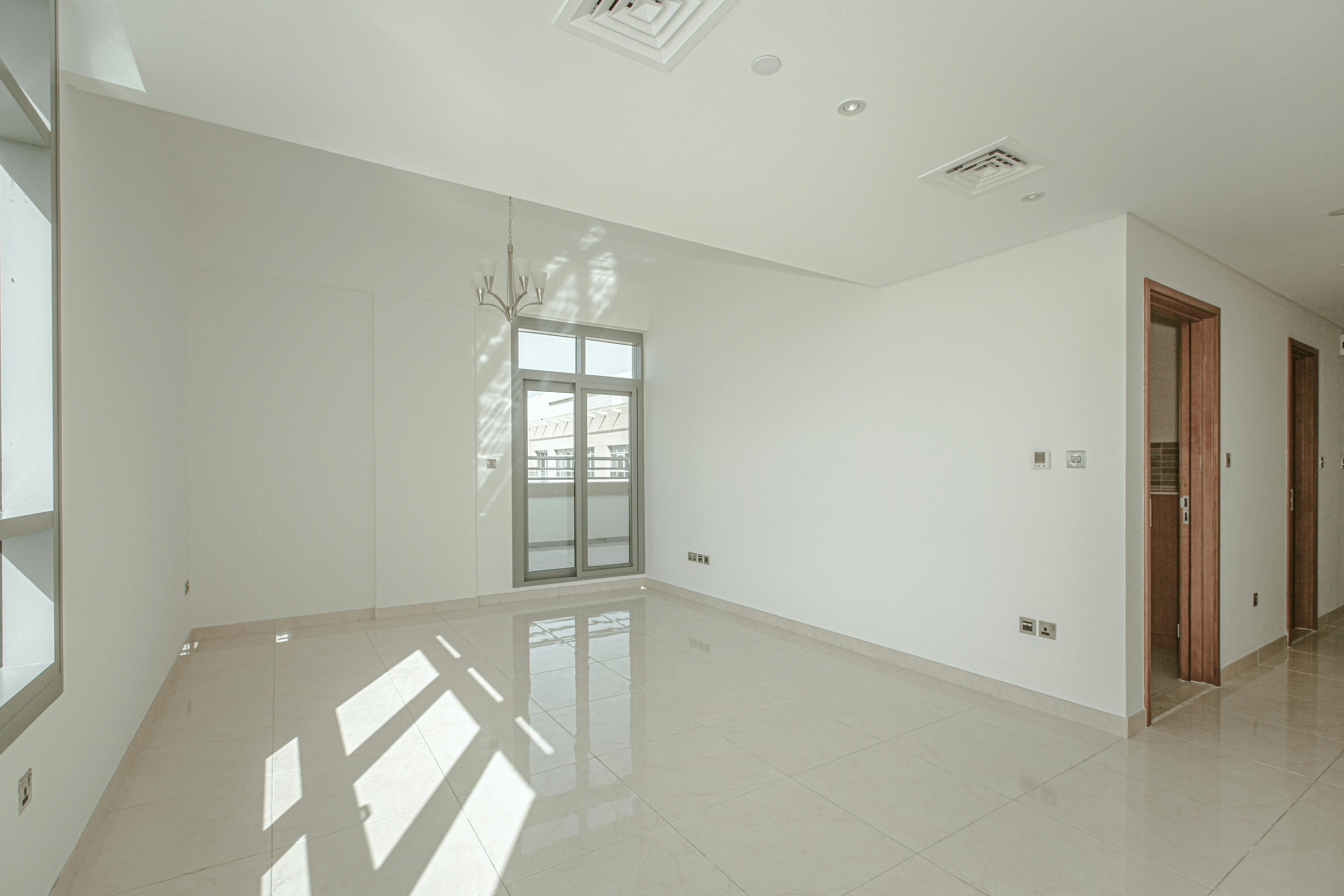Have you ever seen people looking at a blueprint? Did you do it yourself? It always seems like such a wonderful experience: analyzing the details, going from a broad view to the finer details and vice versa.
In the past, I’ve written about goal mapping and now I’m changing my language around goals to create a plan. Because? A map will show you how to get from one place to another, and that’s a good thing, but I think a blueprint could be even better. A floor plan shows you what the end point will look like: the shape, size, and relative position of each room. A plane can be reset. It is both personal and tangible. Situate your goal within the rest of your life instead of simply giving yourself instructions to get to a destination.
Any GPS or mapping device will ask you a few questions about your trip: Where are you now? Where are you going? How do you travel (walking, taking public transportation, driving)? Do you want the fast route or the scenic one? There are also issues involved in creating a plan. How big will this structure be? Each room? How many rooms do I want? How do the rooms interrelate?
In this article, let’s focus on the overall structure. What do you see as the overall size and shape of whatever you are building? This is usually called an overall goal. It is an end point. Think of this overall goal as your mental picture of your finished building (project). How big is it? how many stories why is it there? How will you use it? Perhaps the easiest way to answer these questions is to use a proven goal-setting formula: SMART goals.
Write down the most important goal you can think of, a real goal, something that will definitely expand your comfort zone. Now, check it against the SMART criteria and adjust it until it’s as clear and strong as possible. If you don’t have a good idea of what the finished building looks like, it will be difficult to plan the individual rooms.
Here are the criteria:
S-specific – Have you been as specific as possible? Can you clearly imagine this structure? Is this a country house, a shack on the beach, a castle in Switzerland? Perhaps you want to create the perfect Manhattan apartment with park and water views, full concierge services, three bedrooms, an office, library, formal dining room, breakfast nook, laundry room, balcony large enough to entertain at least 6 people, three and a half baths, and a state-of-the-art kitchen four blocks from major public transportation. That’s pretty specific. As a business objective, it could be: Within the next 24 months, I want to build an advisory and consulting business working with high-potential, high-performing wealthy women who want to devote the time and energy to create their ideal lives and/or businesses and I want to have a consistent income of $1 million from direct services and $1 million from passive income while working no more than 20 hours per week, no more than 30 weeks per year.
M – measurable – Can you incorporate real measurable criteria into your objective? The examples above have measurements: number of rooms, type of rooms, profit dollar figures, time figures for how much work, standards for clients.
A – Achievable – Is this something you can really do? Don’t go into details here; you will develop sub-goals and action plans later. Is this something you are comfortable with creating an action plan? Is this a blueprint for something you can build?
R – Realistic – Can this really happen? Can you find examples of what you want to build? I have been in apartments very similar to the one I have described; I know entrepreneurs who have the business I have described. I know these are things that can, and do exist.
T – Timely and time framed – Is this the right time for me to work on this goal? Do I have a realistic idea of how long it will take?
If you’ve been paying close attention to the examples, you’ll notice that the first example doesn’t have a time frame, although it may be timely. Support objectives (rooms on the blueprint) will need to be created before a time frame can be determined for this objective. The second example, however, is timely and time framed. This is driven by desire and research. All support goals will have time frames so it will be possible to see how quickly this can be built. That’s a great start. You now have the general shape and can begin to complete your plan. In the next article, we’ll develop your sub-goals: the number of rooms in your plan.



